How to Tell if Polyurethane Is Oil or Water Based
Today, we will discuss how to tell if polyurethane is oil or water-based. Polyurethanes can be used as finishes for wood, metal, and other substrates. The two types of polyurethane are oil-based and water-based. Knowing which type of polyurethane is on your project will help you choose the proper cleaning and maintenance products. So, let’s get started!
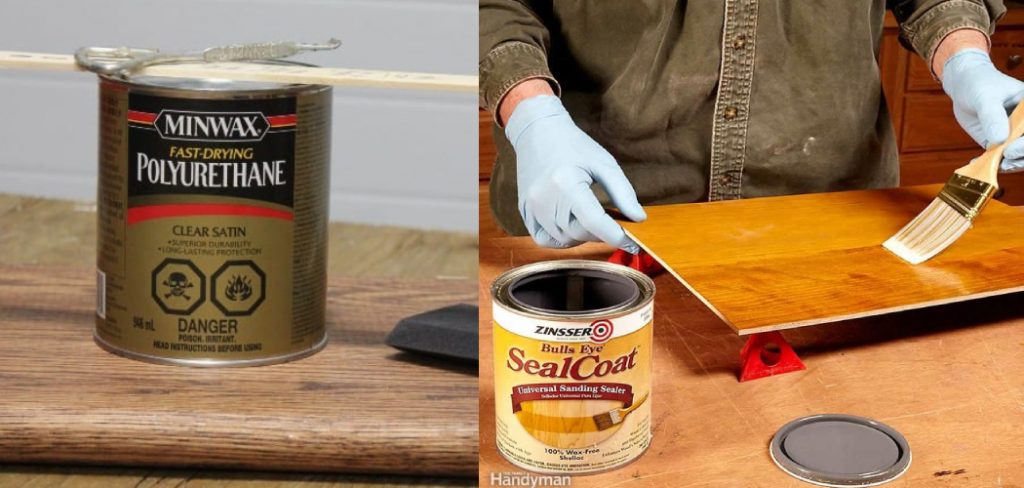
Polyurethanes can be broken down into two categories: oil-based and water-based. Each type has its advantages and disadvantages, which we will discuss below. Knowing which type of polyurethane you have on your project is essential because it will help you choose the proper cleaning and maintenance products. Read on to know more!
10 Ways on How to Tell if Polyurethane Is Oil or Water Based
1. Combination of Solvents
Polyurethane comes in many different finishes, but they are all very similar. The solvent or combination of solvents used to thin the product will tell you if it is an oil-based or water-based product. Oil-based polyurethanes will usually have a mineral spirit or turpentine base, while water-based polyurethanes will use an acrylic or latex base.
2. Appearance
The polyurethane finish may also assist you in determining whether it is oil-based or water-based. Oil-based polyurethanes have a yellow tone and a glossy sheen, whereas water-based polyurethanes are generally transparent with a matte finish.
3. Odor
The smell of polyurethane can also help you determine the type. For example, oil-based polyurethanes will have a strong, chemical smell while water-based polyurethanes will slightly.
4. Open Time
Oil-based polyurethanes typically open faster than water-based products, meaning you can brush or roll them on more quickly. Water-based products take longer to dry, limiting the amount of time you have to apply them. However, this is not always true, as some water-based finishes open just as quickly as oil-based ones.
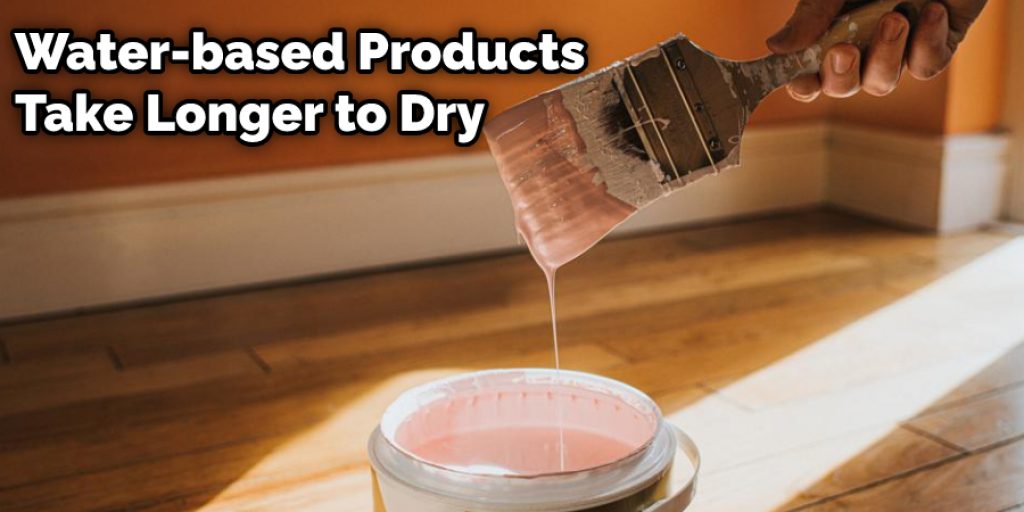
5. Dry Time
Oil-based polyurethanes take longer to dry than water-based polyurethanes, meaning they require less time between coats, and you can apply multiple layers more quickly. Conversely, water-based polyurethanes dry faster, which means more time in between coats and fewer layers can be applied to achieve a deeper color.
6. Cleanup
Oil-based polyurethanes clean up with mineral spirits or turpentine, while water-based products clean up with soap and warm water.
7. Surface Preparation
Oil-based polyurethanes require a smoother surface with no wax or oil residue. Water-based polyurethanes will adhere to surfaces with wax and oils, although they can be applied over oil-based products.
8. Tinting
Oil-based polyurethanes are not typically tintable. However, some oil-based products can be tinted with pigments or dyes after drying. Likewise, water-based products can be tinted before or after drying with water-soluble tints.
9. Application Method
Oil-based polyurethanes are typically applied with a brush, roller, or spraying. Water-based polyurethanes can be applied with a brush, roller, or airless sprayer.
10. Resistance to Heat
Oil-based polyurethanes have a higher resistance to heat than water-based products. This means they are better suited for surfaces exposed to high temperatures, such as kitchen cabinets or furniture. Water-based polyurethanes are not as heat resistant and should not be used in areas where heat is an issue. They are also not recommended for floors.
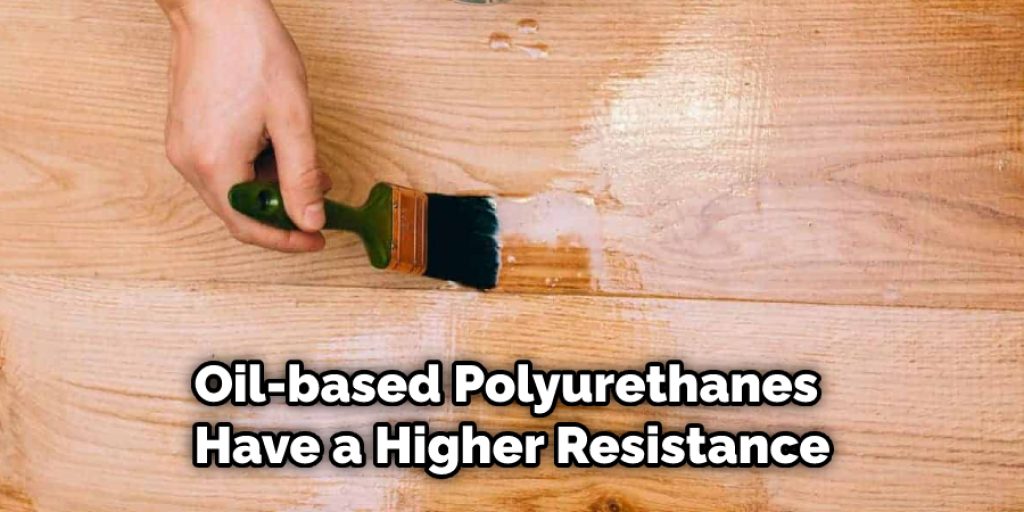
Difference Between Oil Based and Water Based Polyurethane
1. Water-based polyurethane dries in about 30 minutes, while oil-based polyurethane takes up to 16 hours to dry.
2. Water-based polyurethanes are more flexible and slightly less durable than oil-based ones, but they’re less toxic and emit fewer volatile organic compounds.
3. Water-based polyurethane can be cleaned up with soap and water, but oil-based polyurethane requires the use of mineral spirits to clean up.
4. Oil-based polyurethane is available in flat, gloss, and satin finishes, while water-based polyurethane comes only in a flat finish.
5. Polyurethanes are enamel paint that must be applied over a primer to get an even surface for the paint to adhere to.
6. Interior projects should use water-based polyurethane, while exterior projects should use oil-based polyurethane to prevent the paint from peeling.
7. Both types of polyurethane come in various sheens, but the gloss level is lower with water-based polyurethanes.
You Can Check It Out to Remove Polyurethane From Skin Without Mineral Spirits
Directions: How to Tell if Polyurethane Is Oil or Water Based
Step 1: Look at the polyurethane
The easiest way to tell if polyurethane is oil or water-based is by looking at it. Oil-based polyurethanes will be yellow or amber, while water-based polyurethanes will be light blue or green.
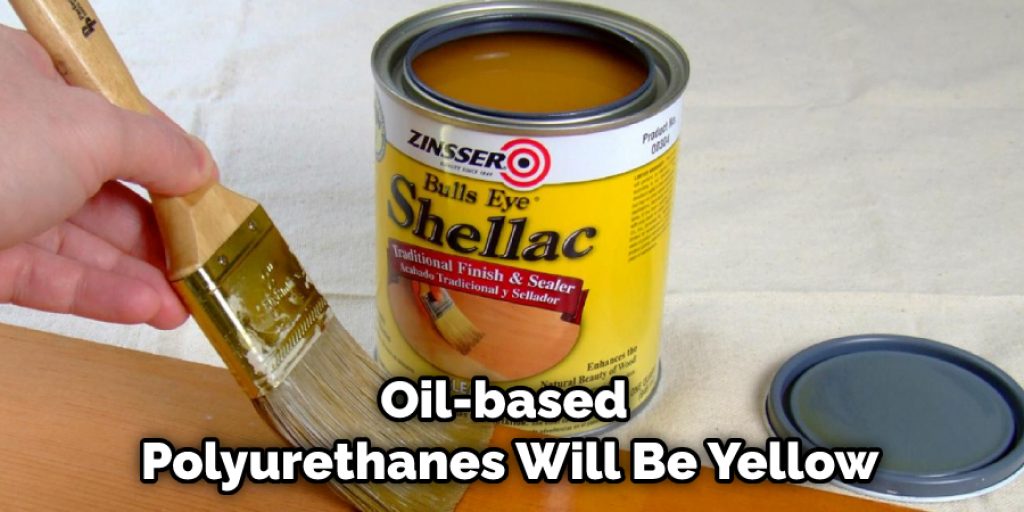
Step 2: Smell the polyurethane
Another way to tell the difference is by smelling it. Oil-based polyurethanes have a petroleum-like scent, while water-based polyurethanes have no odor. However, if you are not used to smelling paint, it might be best to stick with looking at the color.
Step 3: Use an eyedropper or syringe
Another way is by using an eyedropper or syringe to put some on your hand so you can look at it and smell it. Oil-based polyurethane will feel greasy on your hand, while water-based polyurethane will not. Oil-based polyurethanes also have a petroleum-like smell, while water-based polyurethanes do not.
Step 4: Read the can
The last way to tell if polyurethane is oil or water-based is by reading the can. The label will usually say what kind it is. If you are unsure, you can always call the manufacturer and ask.
Polyurethane is a type of paint used on many different surfaces, including wood, metal, and plastic. It is used to protect the surface and give it a glossy finish. Polyurethane is often used on furniture, flooring, doors, and other surfaces.
Step 5: Test it
If you are unsure which type of polyurethane you have, you can test it. Take a piece of paper and paint a small section with the polyurethane. Let it dry completely. It is water-based if the paper is wet or tacky to the touch. It is oil-based if the paper is not wet and does not leave a stain when wiped with a rag.
Step 6: Clean up
Oil-based polyurethane is flammable, so it is important to take precautions when using it. Make sure you have a well-ventilated area and do not smoke while using it. Water-based polyurethane is non-flammable and more environmentally friendly, but it can still cause skin irritation.
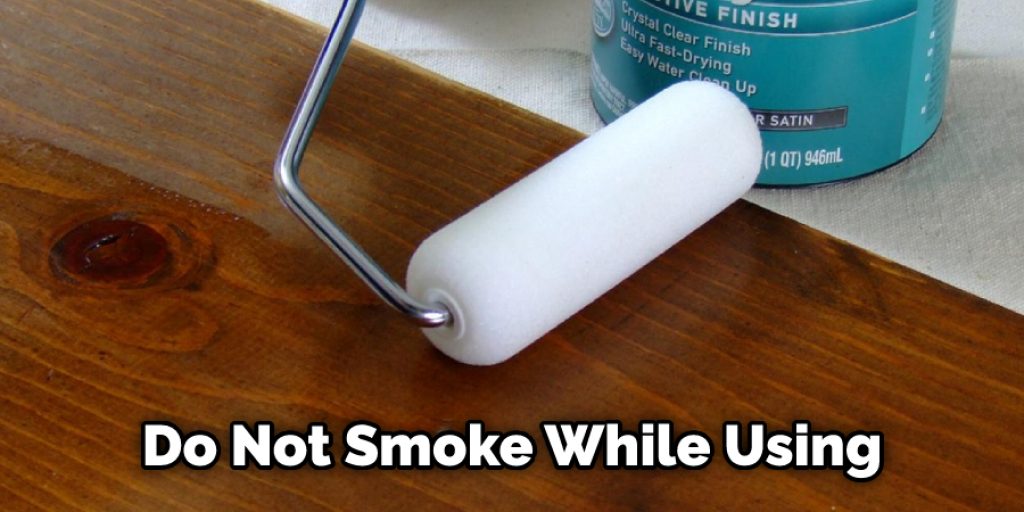
Make sure you wear protective clothing and use gloves when painting with water-based polyurethane. Oil-based polyurethanes can take up to four days to dry, but water-based polyurethanes dry in a couple of hours.
Step 7: Clean the equipment
When you are done using oil, make sure always to wear gloves when handling it. Both types of polyurethane are toxic, so make sure you do not get any on your skin or breathe in the fumes.
Step 8: Disposal
Please do not dispose of oil-based polyurethane in the sink or toilet because it can clog your drains. Instead, let it dry and harden before you throw it away. If you are done with your water-based polyurethane, clean up any drips or spills, put the lid back on the can, and store it in a cool, dry place.
Polyurethane is a type of paint used on many different surfaces, including wood, metal, and plastic. It is used to protect the surface and give it a glossy finish. Polyurethane is often used on furniture, flooring, doors, and other surfaces.
Some Tips and Suggestions
1. Look at the product label. This is usually the easiest way to determine whether a polyurethane is oil or water-based.
2. If you are unsure, try to mix a small amount of polyurethane with water. If it dissolves, then it is likely a water-based product.
3. Another way to test is to apply a small amount of the polyurethane to an inconspicuous spot on the surface you are coating and let it dry. If the polyurethane is oil-based, it will be difficult to remove. If it is water-based, it will wipe off relatively easily.
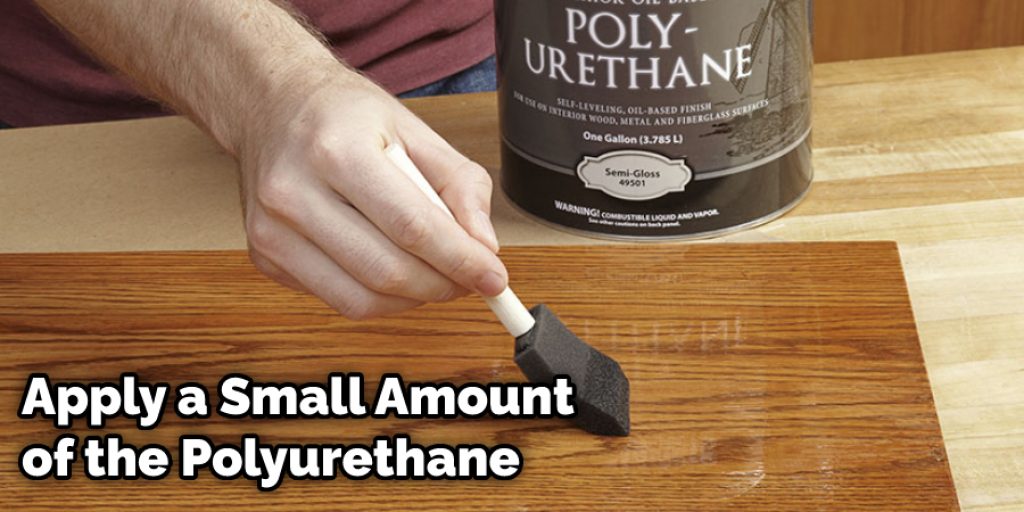
4. Another consideration is the environmental impact. Water-based polyurethanes are typically more environmentally friendly than oil-based products.
5. Only use water-based polyurethanes on exterior surfaces, as they are typically not durable enough for interior surfaces.
6. Oil-based polyurethanes are more durable than water-based polyurethanes and are a better choice for interior surfaces.
Conclusion
Polyurethane is a synthetic product that can be made using either oil or water as the carrier. Of course, this means it’s up to you which one of these substances you choose for your project, but if you want to find out which type someone else used on their furniture, the easiest way is by looking at its surface with a black light.
Suppose polyurethane has been applied with an oil-based material. In that case, it will fluoresce under this light because oils are naturally fluorescent, and they’ll leave behind fingerprints that show up in ultraviolet (UV) light.
On the other hand, if it were created using water-based materials, there wouldn’t be any traces of UV radiation left behind once dry. We hope this article was helpful to give you some insights on how to tell if polyurethane is oil or water-based. If you have any questions feel free to comment below!




